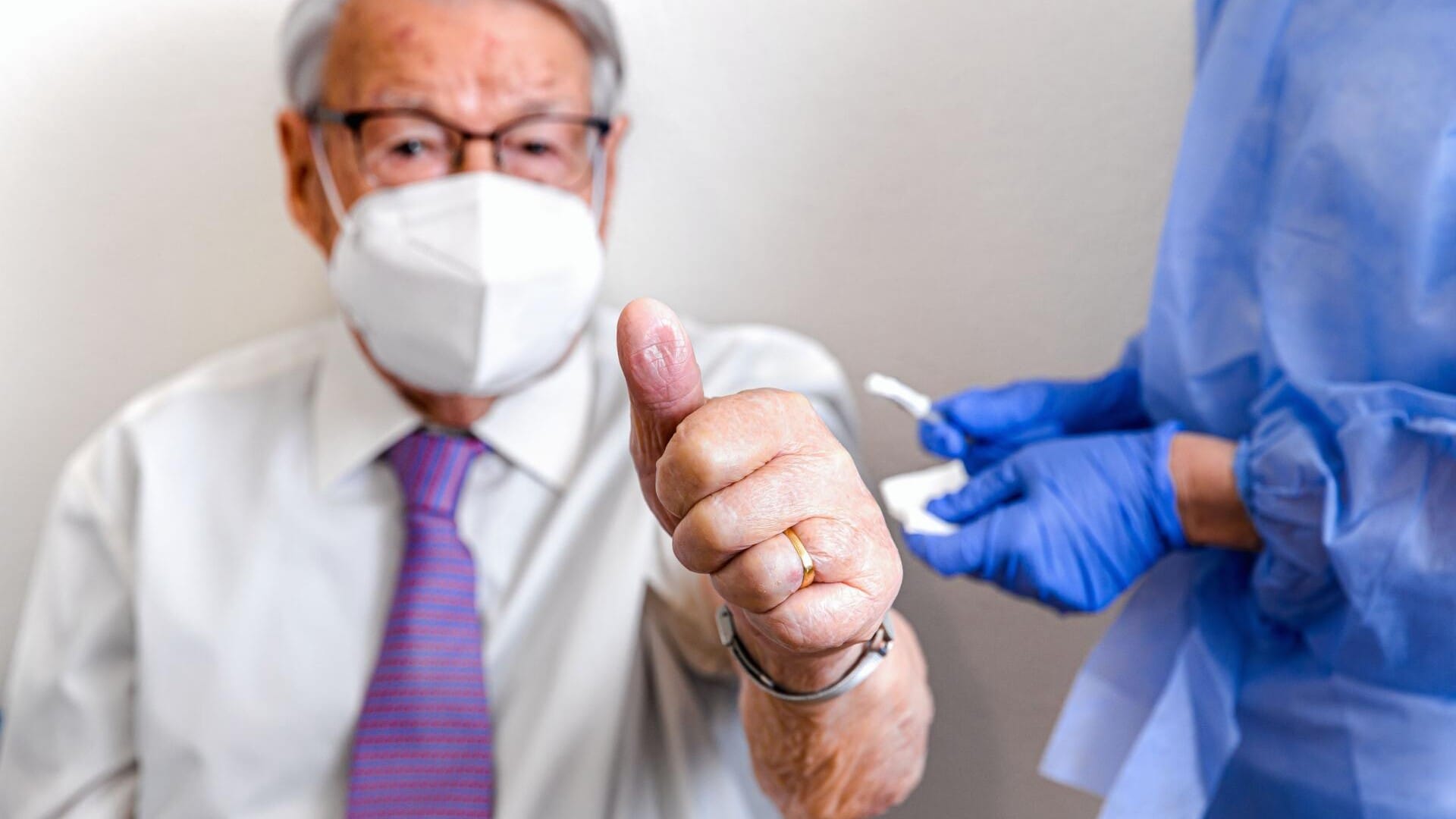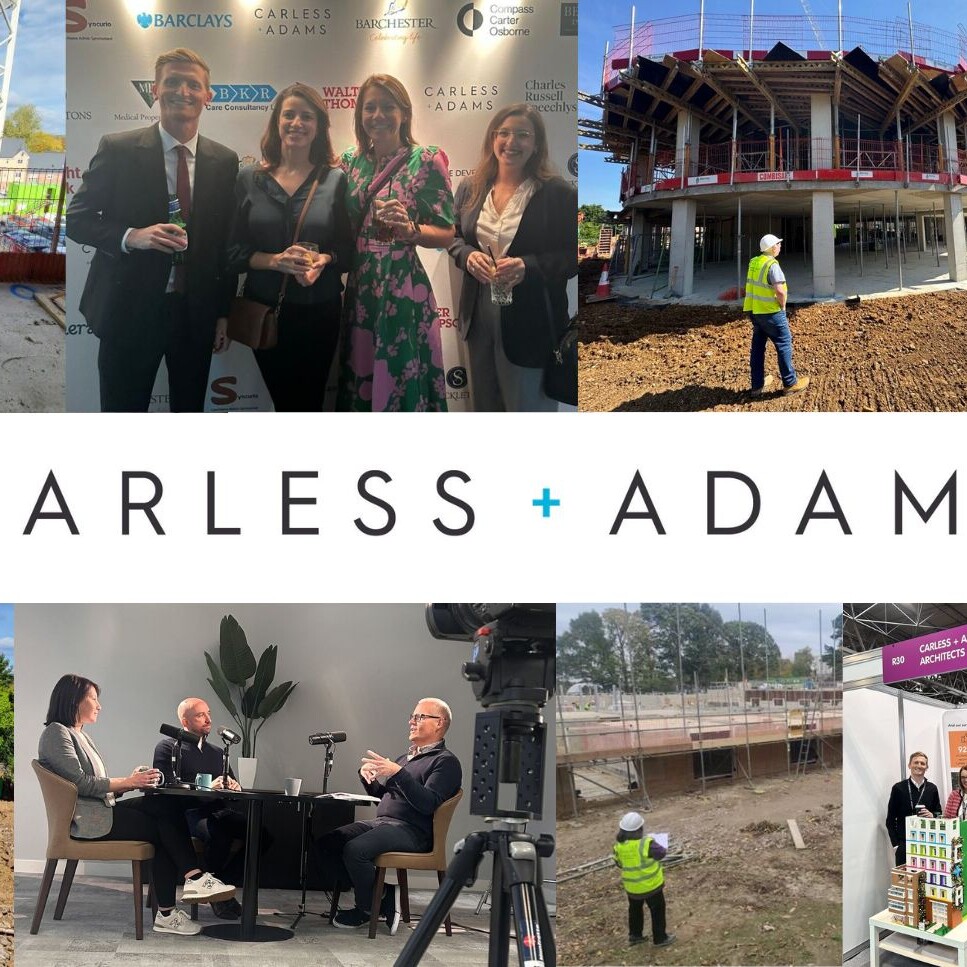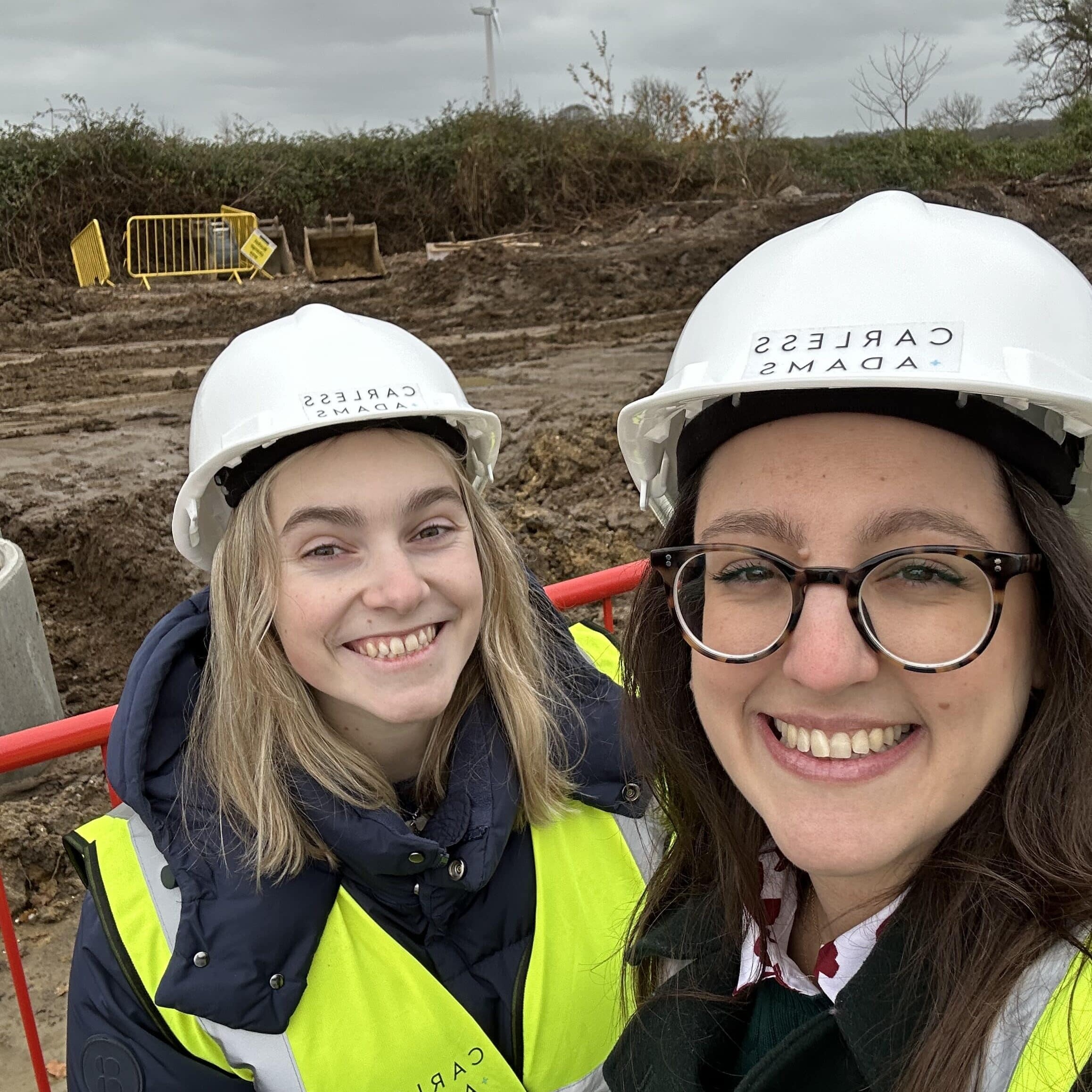The past twelve months have been a struggle for all, with no one free from the grip of Coronavirus and it’s effects on the way we live. None have been harder hit however than those living in care homes. The virus has proven devastating to the older population, not just in the upsetting death toll statics on the news, but in denying contact with family and friends, leaving many feeling isolated and lonely. The country seems to be turning the tide however with a successful vaccination roll out well under way. As of the 1st February all eligible care homes had been offered vaccinations, meaning for those most vulnerable, the storm may be starting to pass.
Deaths from coronavirus have fallen dramatically among over-80s since 24th January, the point at which a third of that age group had some level of immunity against Coronavirus, with death rates in this age group falling faster than any others. With over 95% of care home residents in England now vaccinated, it’s now a case of ensuring the staff, and the rest of the population catch up. Until this happens there will still be some hesitation in rushing back to normality. The vaccination programme in England is going strong, despite the issues that are arising, with the whole world scrambling to secure as many doses as possible. The NHS is now vaccinating the over 50s, with the aim of offering a jab to everyone by the end of July.
Going forwards there will still be some thought to how we can protect the most vulnerable and safeguard care homes from possible similar future pandemics. This involves assessing the building and landscape designs right from conception, through to managing air pressures and ventilation in common spaces. Carless + Adams’ blog post The health benefits of sustainable, efficiently designed care homes looks at this in more depth, discussing how these changes could not only help in a pandemic, but in creating an environment that improves health and mental wellbeing as a whole. The aim is to future proof homes against the effects of pandemics and any fast-moving illnesses, without isolating residents and losing the sense of community and human contact, which has always been fundamental to the way we design.
Restrictions are starting to ease now, with a single family member allowed to visit as of the 8th March, with further easing over the coming months. Precautions will of course be taken but knowing that the vaccination program will have given a level of protection is hugely comforting. This should hopefully alleviate the isolation and loneliness felt over the last 12 months by many living in care homes. Ultimately however, residents will be looking forward to seeing family and friends in complete safety, with the spectre of Covid 19 completely forgotten.


